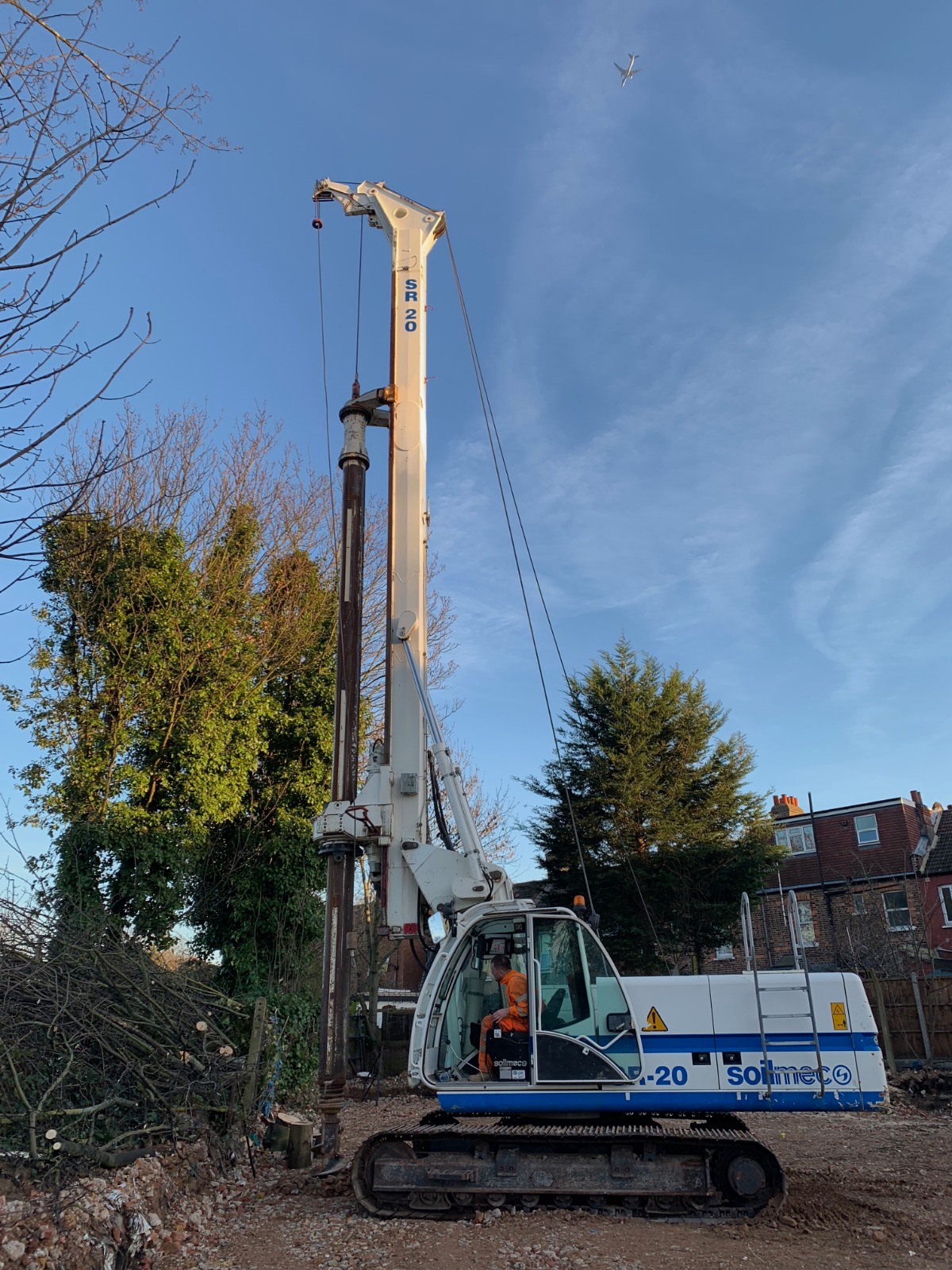London, a city steeped in history and culture, faces a unique challenge as it evolves: preserving its iconic historic buildings while accommodating modern construction. Piling, often unseen yet crucial, plays a pivotal role in this delicate balancing act. Here’s a deeper look at how advanced piling techniques are safeguarding London’s architectural heritage.
1. Stabilizing Foundations to Protect History
Many of London’s historic structures were built on foundations that aren’t suited to withstand current environmental and urban pressures. Modern piling solutions, such as mini piling and CFA piling, offer minimal disturbance to existing structures, making them ideal for projects in densely populated areas with historical importance. By reinforcing old foundations, piling contractors ensure that these buildings can stand firm against the test of time and new developments.
2. Enabling Modern Infrastructure Amidst Ancient Edifices
Integrating new construction into historical areas requires a careful approach to avoid damaging the integrity of old buildings. Piling allows for the construction of deep foundations where traditional methods might risk the structural health of neighboring heritage sites. For example, KHB Piling LTD utilizes techniques like Rotary Bored Piling to install deep foundations for new buildings, ensuring they coexist harmoniously with the old without causing subsidence or damage.
3. The Role of Mini Piling in Urban Renovations
Mini piling is particularly advantageous in areas with restricted access and low headroom, common in historic city centers. This technique supports the structural reinforcement of old buildings while facilitating the construction of basements or additional stories without the need for large machinery that could disrupt the urban fabric and the daily life of these historic areas.
4. Navigating the Challenges of London’s Diverse Soil
London’s geology is as varied as its architecture, ranging from stiff clays to loose gravel. This diversity demands a range of piling techniques to suit different ground conditions. Piling contractors must conduct extensive geological surveys and tailor their methods accordingly to ensure that the new foundations not only support the new structures but also protect the old.
5. Piling and Environmental Sustainability
Incorporating sustainable practices in piling is becoming increasingly important, especially in historic settings. Techniques like silent piling or the use of eco-friendly materials help minimize the environmental impact of construction activities. These methods reduce noise and vibration, a crucial consideration near sensitive historic sites, and use materials that are less disruptive to the urban soil composition.
Conclusion
The role of piling in modern urban development, especially in a city as historically rich as London, is crucial but often understated. By providing a foundation for the future without compromising the past, piling techniques like those offered by KHB Piling LTD are integral to the ongoing story of London’s architectural evolution. As we look towards future developments, the integration of innovative piling solutions continues to be key in melding the old with the new, ensuring that London’s skyline is a tapestry of the past and the future.
Contact Us
For more insights on how piling is shaping London’s future while preserving its past, or to consult on your next project near a historic site, reach out to KHB Piling LTD. Our experts are ready to assist you with tailored solutions that respect both heritage and modernity.

My name is Kamil, and I specialise in piling services in London. I am dedicated to advancing KHB Piling LTD, a trusted contractor delivering high-quality foundation solutions for both residential and commercial projects. With the expertise and commitment of our team, we provide reliable piling services, including mini piling and CFA piling, tailored to meet the unique requirements of each client.

